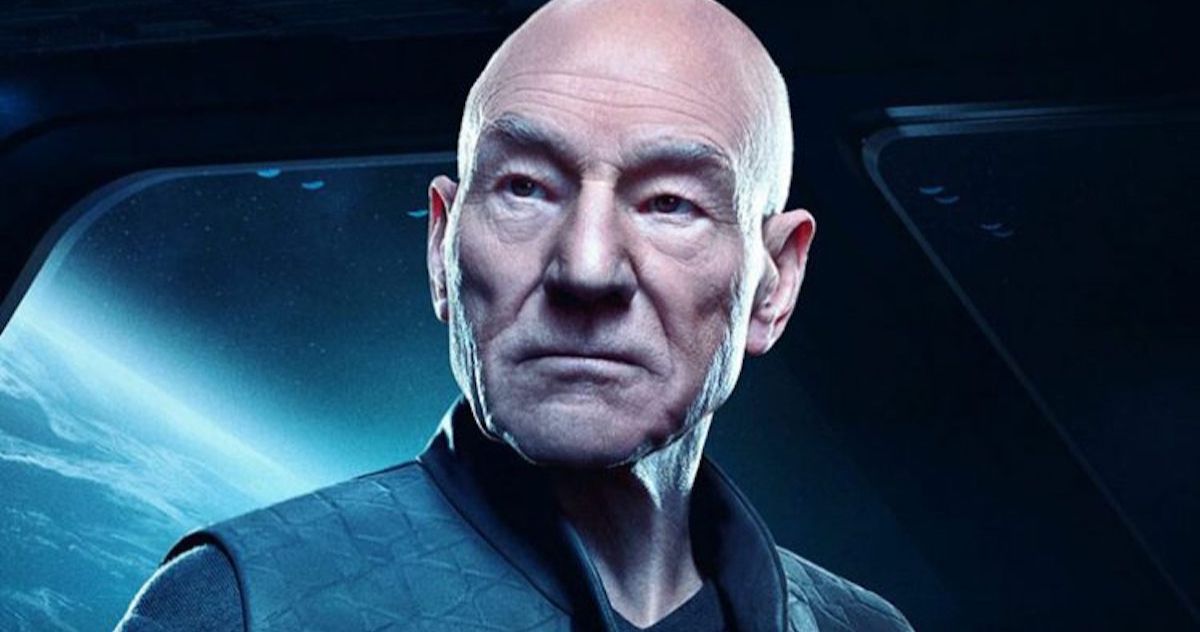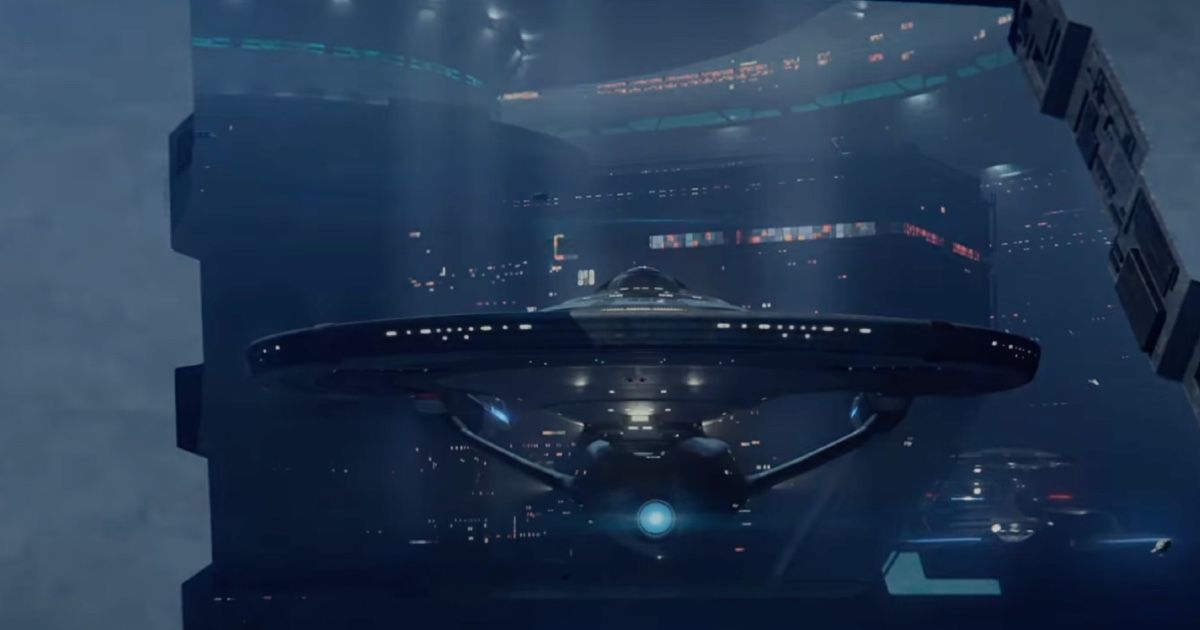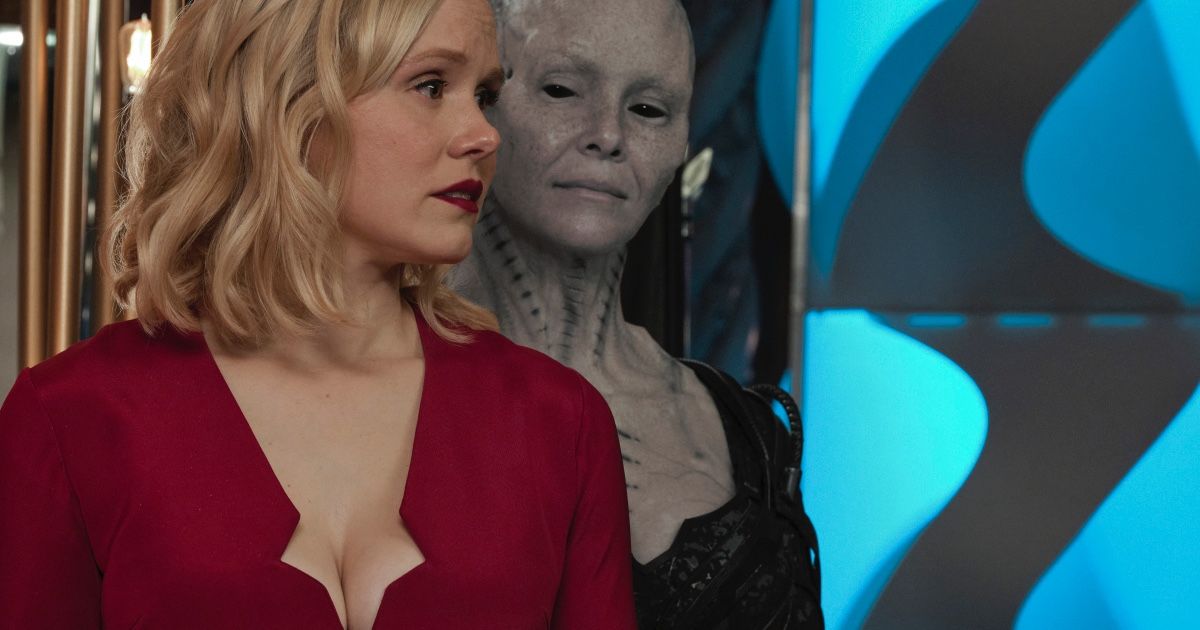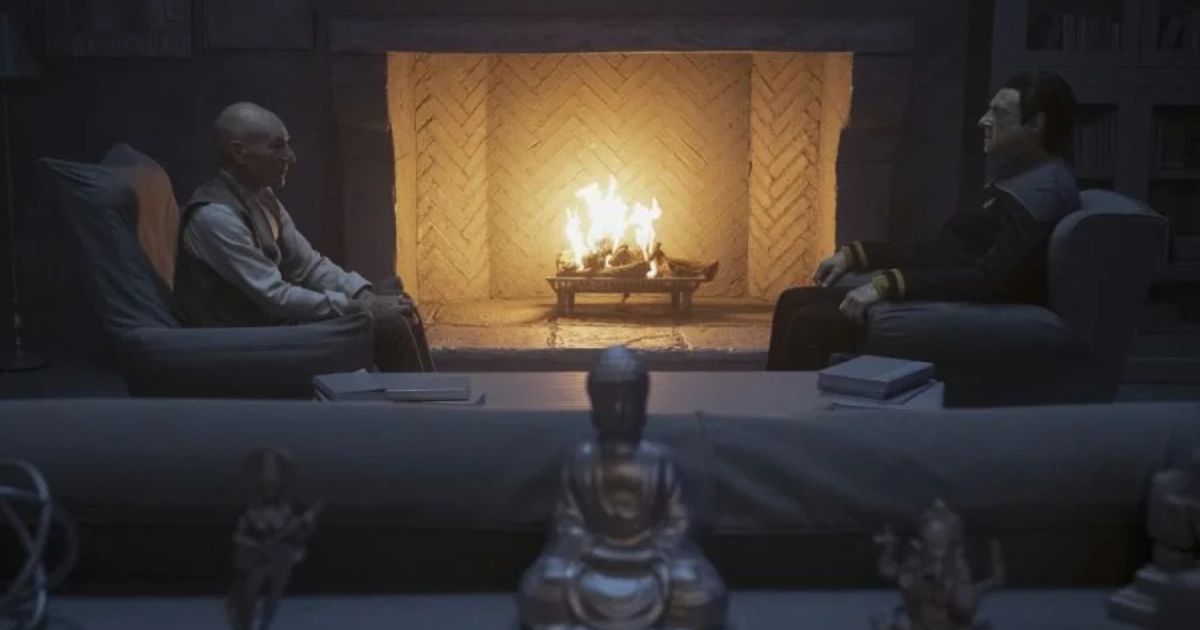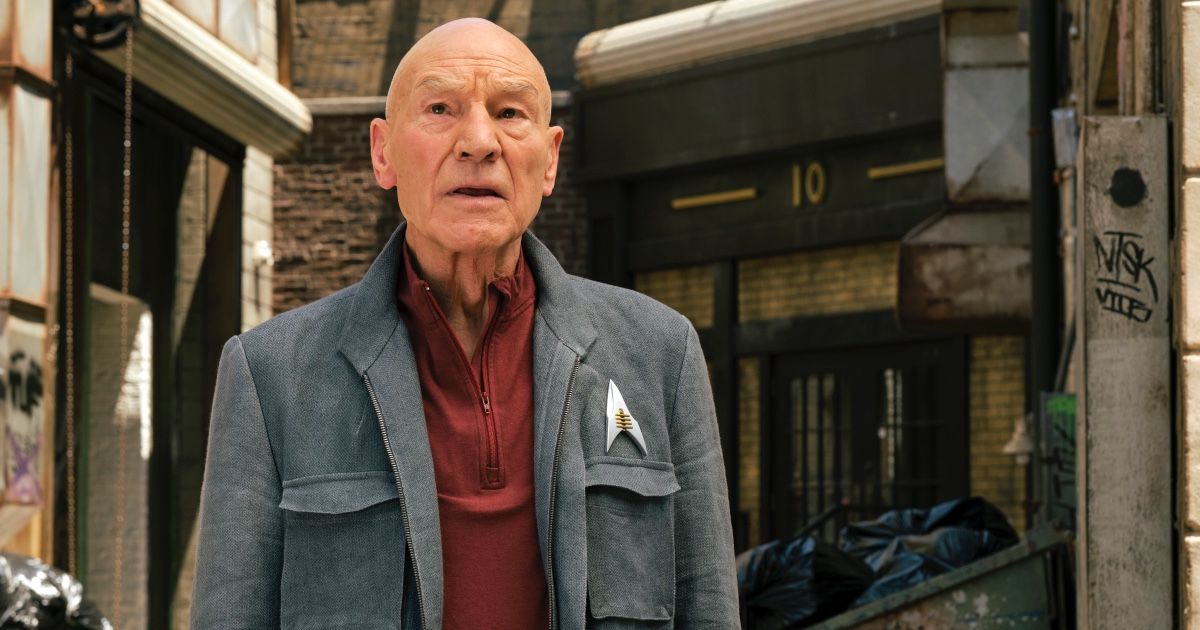Star Trek: Picard premiered in January 2020, and marked the return of Patrick Stewart in the role of Jean-Luc Picard, a role he played for seven seasons on Star Trek: The Next Generation and as the lead in four Star Trek feature films. For years, it seemed like his story was over, but after Star Wars: The Force Awakens made legacy sequels the hot new item in Hollywood, every major star was asked to reprise their iconic roles, from Jamie Lee Curtis in a new Halloween trilogy, to Tobey Maguire and Andrew Garfield in Spider-Man: No Way Home, and recently Tom Cruise in Top Gun: Maverick. So it only made sense to ask Patrick Stewart to reprise his iconic Star Trek role, and give him a limited series on the streaming service CBS All Access, later renamed Paramount+.
Star Trek: Picard has been a mixed bag for fans old and new, and is probably the most controversial entry in the new streaming era of Star Trek. Some have enjoyed Patrick Stewart's return while others have taken issue with some of the series' creative choices regarding the franchise. Recently at New York Comic-Con, they revealed a new trailer for Star Trek: Picard season 3, which will not only unite the cast of Star Trek: Next Generation but also act as the final season. With that in mind, and the new season premiering next year, it feels appropriate to look back at what this series got right, and what it got wrong.
What Picard Got Right: Moving the Timeline Forward
For a franchise based on the future, for almost two decades Star Trek was stuck in the past. Following the release of Star Trek: Nemesis, every piece of Star Trek media was a prequel. Star Trek: Enterprise was a prequel series to the early days of the Federation, and Star Trek: Discovery was set five years before the original Star Trek series. The 2009 reboot Star Trek was not only a prequel but took place in an alternate reality, with a slight hint of what the original timeline held. Its two sequels took place in their own timeline dubbed the Kelvin Timeline.
Star Trek: Picard was the first time in 18 years that audiences got to see what happened next, and even picked up with the plotline of Romulus getting destroyed resulting in the creation of the Kelvin Timeline. While it may not be what audiences expected it was a bold swing. Since then series like Star Trek: Prodigy and even later seasons of Star Trek: Discovery have shown what the future holds for the federation beyond what viewers knew, and it feels like exciting new possibilities have opened up for the franchise.
What Picard Got Wrong: Abandoning its Characters
Star Trek: Picard season one was rocky, but one great element of the series was how it created a whole new supporting cast for Picard. While it had some great cameos of characters from The Next Generation, and brought over Seven of Nine from Star Trek: Voyager, Star Trek: Picard seemed to acknowledge it needed new blood to keep the series moving and introduced an exciting new batch of characters with varying backgrounds them made up Picard's unique ragtag crew.
However, season two quickly kills one Romulan warrior Elnor and sidelines Soji, who was a major part of season one. By the conclusion of season two, most of Picard's cast is gone and set to be replaced with the cast of The Next Generation. While it certainly will be fun to see the original crew reunited one last time to hopefully give them a more fitting send-off than Star Trek: Nemesis, there is something disappointing about how Star Trek: Picard got rid of its new cast in favor of old fan favorites. It feels like Star Trek: Picard was too scared to push the franchise too far out and instead retreated to what it thought fans wanted instead of, appropriately, allowing the next generation to take over.
What Picard Got Wrong: Playing Like a Streaming Series
One of the biggest issues with Star Trek: Picard is its status as a streaming series. Its ten-episode season should allow for a tighter and more concise story, but oftentimes the season's central premise feels stretched out. Both season one and two had storylines that feel like they should be feature films but are made to fit the format of a streaming series, which leads to the episodes that not only blur together but contain a lot of padding. Instead of using the extra time in the episodes to further flesh out its characters, it decides to use it to extend the plot which makes for a frustrating viewing experience.
Episodic nature has been part of Star Trek's DNA for years, and it has served it well. Even streaming series like Star Trek: Discovery which has a more serialized format still often times functions like a traditional episodic fair with each episode focused on a central storyline that is resolved while leading into a long-term story. Much praise has been written about Star Trek: Strange New Worlds' return to episodic stand-alone television which seems like a breath of fresh air in the age of streaming.
What Picard Got Right: Kept the Star Trek Spirit Alive by Allowing Itself to Go Dark
One common criticism of Star Trek: Picard has been how, when the series began, the Federation was a more isolationist movement that turned its back on many of its ideals. For many viewers, this was against the very creative nature of Star Trek, as it is supposed to be an optimistic view of the future and represent the highest human ideals.
However, having the Federation retreat on its core principals was Star Trek: Picard reacting and reflecting the United States in which it was created which was a more nationalistic country that was favoring isolationism in favor of global unity. For as much as Star Trek has looked towards the future, it has used its stories to hold a mirror up to viewers' present day. That feeling of hopelessness pays off in the season one finale when the Federation as viewers had known it for years finally shows up with all their resources. The Federation is only as good as the people who form it, and despite losing their way, through hope and optimism they returned to their ideals.
This also extends to season two, where the Federation and the Borg are finally able to come together. The Borg have been the de facto Star Trek antagonist since their first appearance. To see what has been the franchise's biggest threat welcomed into the Federation the same way the Klingons were shows Star Trek's willingness to evolve past the status quo and hopefully create not only new threats but explore what this means for the Borg. Star Trek has always been about what comes next, and hopefully what comes next is more bold swings. Star Trek: Picard is far from a perfect series, but it did partially try to do something new.

